THE PARENTING GUIDE : CHAPTER 2
What’s Your Parenting Style?
Beliefs and attitudes towards raising a child make up a parenting style. How high parents’ expectations are, how responsive and nurturing parents are, how much freedom children are allowed, define a style. Since a parenting style is not something we choose, but a result of our own awareness, our own history, capacity and values, distinguishing our own style will help improve our parenting. To quickly assess each parenting style, we have rated them based on the four simple descriptors just mentioned.
Assessing Our Parenting Style
Personal history can make us repeat our parents’ mistakes or react by opposition, pushing us either way, to one extreme or another. Cautiously and honestly assessing our parenting style can bring consciousness to areas we’ve been neglecting or to behaviors we’ve been causing. This awareness is not meant to criticize us, but to guide us in becoming better parents.
PARENTING STYLES
SIX PARENTING STYLES TO PICK OR DROP
PARENTING STYLE # 1
PERMISSIVE PARENTING
SOMETHING TO THINK ABOUT
Expectations •••
Responsiveness •••
Nurturing ••
Freedom •••••
Mostly described as indulgent and non-directive, this parenting style may be a choice for people who grew up without structure and limits themselves. Others that may fall right into this parenting style are children of authoritarian parenting, who try to compensate for what they deem as their parents’ failures by not setting limits nor behavioral expectations and indulging their children’s every whim.
Permissive parenting may also stem from fear of losing the child’s love. A mother who gives up her career to make her child her main priority in life, may, understandably, crave her child’s approval and constant affection as a reaffirmation of her choices. She may also fear losing the child’s love if trying to implement discipline.
Permissive parenting could surface later on in the child’s life. Usually as a product of divorce, where guilt, fear of losing the child’s love, or competition for the child’s affections, can change family dynamics, distorting earlier pre-established behavioral foundations and leading
the way to a severe lack of motivation, of responsibility, of self-control, anger and an array of behavioral problems.
This parenting style does not educate children on proper behavior, leaving them clueless as to how to conduct themselves with others and within society. Ironically, a permissive parenting style imposes the highest and most unrealistic expectations on children, who have to figure out proper behavior on their own, without any guidance from their parents.
The GOOD PUPPY Child Behavioral System can assist parents in keeping a seemingly permissive parenting style while implementing a healthy and solid behavioral structure. While consistently implementing the pre-established consequences, parents can continue a loving demeanor towards their children.
PARENTING STYLE # 2
POSITIVE DISCIPLINE PARENTING
JUST STAY POSITIVE!
Expectations •••
Responsiveness ••••
Nurturing ••••
Freedom •••
Encouraging good behavior is the proven most effective approach to behavior management. Behavioral issues can come up as a result of many different factors; dealing with them under a positive, instructive and constructive light will help in children’s development, will stimulate reasoning abilities and grow self-esteem.
Positive discipline requires good communication, healthy bonding and consistency in limitations, to develop a trusting relationship. This is where a system based on positive reinforcement, incentives and motivators helps set up the healthy structure and family dynamics that drives this parenting style.
Turning negative into positive thoughts, the system includes giving children a chance to make up for their actions. If children hit, they can start by apologizing. If they broke something, they may try to fix it or build something to replace it. If they annoyed someone, they can do something nice for them. There’s no need to cry over spilt milk, nor focus on it until it curds, which only prolongs the negative situation. To address misbehavior with a positive approach, explain silly choices, concentrating on the right action that should have been taken. Always offer children an opportunity to redeem themselves through positive actions. Give them a chance to do something good to get back to green, where they belong; while learning to mend things, situations and relationships.
The GOOD PUPPY Child Behavioral System is the easiest and healthiest set-up for positive discipline from an early age. While simple tools quickly and intuitively introduce the game, the Child Behavioral Journal can be the most important bonding ritual of the day. Designed for early learning challenges, these tools hep children recognize, verbalize and understand emotions, challenges and virtues. Awareness of their own emotions and others’, and how to manage new situations, grows children’s confidence and self esteem.
PARENTING STYLE # 3
ACTIVE LISTENING PARENTING
YOU'LL NEED MORE THAN ALL EARS
Expectations •••
Responsiveness ••••
Nurturing ••••
Freedom •••
The first form of communication with children is listening to them. It starts with crying for food, a diaper change or sleep. Listening to your children’s needs and trying to understand their cries for help, should never stop. Once the children learns to speak, parents tend to forget that they are still mostly incapable of communicating properly, especially about abstract matters, such as feelings and emotions.
Children may display their emotions well, but that does not mean they understand them or that they have the tools to communicate emotions without having to act them out. Even in discovering new emotions, children may feel alone and overwhelmed.
While practicing active listening, parents need to guide children in the identification of emotions. This will help children understand their emotions, while learning to verbalize them.
Active listening means listening literally and reading between the lines. It entails looking at verbal and visual communication patterns and trends. It means letting children talk before speaking and letting them lead the conversation, to truly understand what they’re trying to tell you.
GOOD PUPPY Child Emotional Tools are the perfect conversation jump starters. Emotions Dice get children talking on a roll. Keep the Emotions Chart somewhere visible as a reference and communication tool.
PARENTING STYLE # 4
AUTHORITATIVE PARENTING
NOT THE AUTHORITARIAN PARENTING STYLE IT SOUNDS LIKE
Expectations •••
Responsiveness ••••
Nurturing •••••
Freedom •••
Authoritative Parenting, a very different style from Authoritarian Parenting, is a delicate balance of discipline and nurturing with high expectations that earn trust and freedom. A good recipe for independent, well-balanced children with a strong self-image and little trouble adjusting to new or demanding situations.
This parenting style offers children structure and discipline within a forgiving, nurturing and supportive environment, allowing them to thrive at their own pace. Highly responsive, while not overprotective, parents allow children to discover and grow their natural abilities instead of trying to have them fit a mold.
GOOD PUPPY Child Behavioral Tools allow for the establishment and maintenance of structure and discipline. The system quickly becomes second nature, giving children a sense of autonomy. The Child Behavioral Emotions Tools help in communication and bonding from a very young age, building a closer relationship between parent and child.
PARENTING STYLE # 5
AUTHORITARIAN PARENTING
SOMETHING TO RECONSIDER
Expectations ••••
Responsiveness ••
Nurturing ••
Freedom •
Usually culturally passed on, Authoritarian Parenting is the style of choice for children of toxic parenting. Phrases such as “Because I told you so” are a product of this parenting style. This attitude expects children to adhere to rules without understanding them, usually driven by fear. The only thing children are learning is to respect authority and to follow orders. These children’s minds are not being nurtured. Without information nor the education on decision-making, these children are not learning to use critical thinking. Their frontal lobes are not being trained and this will only prepare them to look for figures of authority to make decisions for them.
Verbal and sometimes physical abuse can be present in this one-sided, totalitarian and emotionally neglecting upbringing. Children will usually rebel by teenage years, rarely developing a loving family relationship.
What we lived and learned is what we have acquired to pass on. Avoiding our parents’ trespasses, while transmitting that which served us well, is part of the filtering an adult needs to do when parenting. Jumping from Authoritarian to Permissive Parenting will only create a new and different set of problems. A parent, consciously aware of his or her authoritarian upbringing, would be better off looking for balance through a more supportive and nurturing parenting style, such as Authoritative Parenting or Wiki Parenting.
The GOOD PUPPY Child Behavioral System can bring some much needed peace, reduce violent situations and help create a more stable environment for children being raised under this highly demanding parenting style.
The use of GOOD PUPPY Child Behavioral Emotions Tools can help not only children but also parents, understand their emotions and reactions a little bit better. The more conscious parents are of their own actions and their repercussions, the more aware they will be when choosing the parenting style that best fits their child’s unique personality.
PARENTING STYLE # 6
WIKI PARENTING
A SOMETIMES EXHAUSTING BUT REWARDING STYLE
Expectations •••
Responsiveness •••••
Nurturing ••••
Freedom •••
In the age of information, where children pick up an iPad at the age of two, parents need to update to what we have recently coined as Wiki Parenting. Wiki Parenting combines Positive Parenting and Active Listening; focusing on turning parents into the main source of information for their children, Wiki Parenting is about being the child’s trustworthy guide in the discovery of this brand new world. To achieve this, parents must bond with their children in order to build a trusting relationship.
In Wiki Parenting, any question deserves an answer and no question gets judged. The length and detail in which to go into should be tied to Active Listening. Answer the child to the point that he or she understands. Learn when to stop and don’t bore them with details. If you watch and listen, they will let you know when they’re happy with the answer and when enough is enough.
Wiki Parents are always open to explain new words, new concepts, new ideas, why the sun is yellow or why we need to wear clothes. Do not confuse this approach with Permissive Parenting. An explanation does not mean rules don’t apply. Rules are not imposed; they are well explained and understood.
A Wiki Parent provides all the information required by the child to agree to behavior changes in order to give him or her the best chance to cooperate and all the tools to build a healthy code of ethics.
The GOOD PUPPY Child Cognitive Behavioral System is the perfect companion to Wiki Parenting. The behavioral tools allow for a friendly family game of discipline while offering playful tools to create plenty of bonding opportunities. GOOD PUPPY Child Behavior Emotionas Tools prompt the conversations that make Wiki Parenting shine.
PARENTING RECOMMENDATION
CHOOSE YOUR OWN PARENTING STYLE
AWARENESS CREATES CHOICE
Awareness brings with it the chance to make your own choice. Once you’re consciously aware of your parenting style, you may choose to change it, tweak it or correct it, to best serve you and your children.
GOOD PUPPY Child Cognitive Behavioral Tools can help you to quickly and effectively improve family dynamics without spending years in therapy, trying to figure out the problems to then try to correct them without any practical help. GOOD PUPPY Tools address early learning challenges while improving communication and bringing the family together.
Pick and choose the tools that serve you best, or implement the child behavioral toolkit that fits your needs. Now you may start improving child behavior and family dynamics with the help of your very own super sidekick!
Parents Learn To:
Set Healthy Boundaries
Build A Healthy Structure
Motivate Children
Communicate Better
Understand Personalities
Distinguish Talents & Limitations
Adjust Expectations
Create The Right Incentives
Establish A Supportive Relationship
Improve Family Dynamics
Promote A Healthy Moral Code
Gain Child Cooperation
Create A Peaceful Environment
Enjoy More Quiet Time
Children Learn To:
Make GOOD Choices
Assume Responsibility
Think Critically
Postpone Gratification
Work Towards Long Term Goals
Identify & Communicate Needs
Understand Emotions & Their Flow
Verbalize Emotions
Practice Social Skills
Identify & Change Thoughts That Cause Anxiety
Cope With Anxiety
Confront Challenging Situation
Children Benefit From:
Feeling Safe Within A Healthy & Supportive Structure
Getting The Positive Attention & Recognition They Seek
Growing Confidence & Self-Esteem
Communicating Better
Understanding Emotions & Their Flow
Controlling Emotions With Thoughts
Coping Mechanisms
Reduced Stress & Anxiety
Building A Healthy Moral Code
Improved Academic Performance
Some Of The Best Evidence-Based Practices Included:
Positive Reinforcement
Focusing On What Works
A Token Economy
Incentives & Rewards
Positive Subliminals
Cognitive Behavioral Therapy
Breathing Techniques
Play Therapy
TEACHER, PARENT OR THERAPIST?
---
Choose The Tools That Best Fit Your Needs
Curated for Home, School and Therapy, the system is designed to meet parents or guardians needs with HOME, teachers and counselors needs with SCHOOL, and social workers and therapist’s needs with THERAPY. Coaches are encouraged to use the HOME tools for parent’s easiest implementation.
Gabriel Tito, MS
Child & Family Therapy
GOOD PUPPY Child Cognitive Behavioral System Collaborator, Consultant, Implementer & Master Coach
Drums & Percussion Therapist
In his fifteen years working with children, ages 3 to 18, Gabriel noticed a lack of tools to implement changes in family dynamics, prompting the creation and his collaboration on the GOOD PUPPY Child Cognitive Behavioral System. You can find Gabriel in South Florida, making families happy with quick and effective results, or online, looking to share his toys and everything he’s learned.
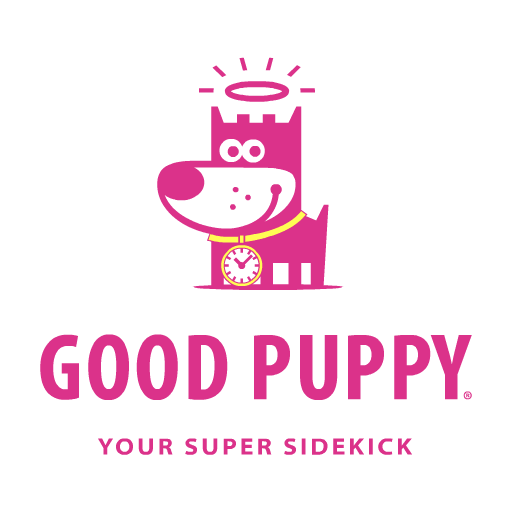





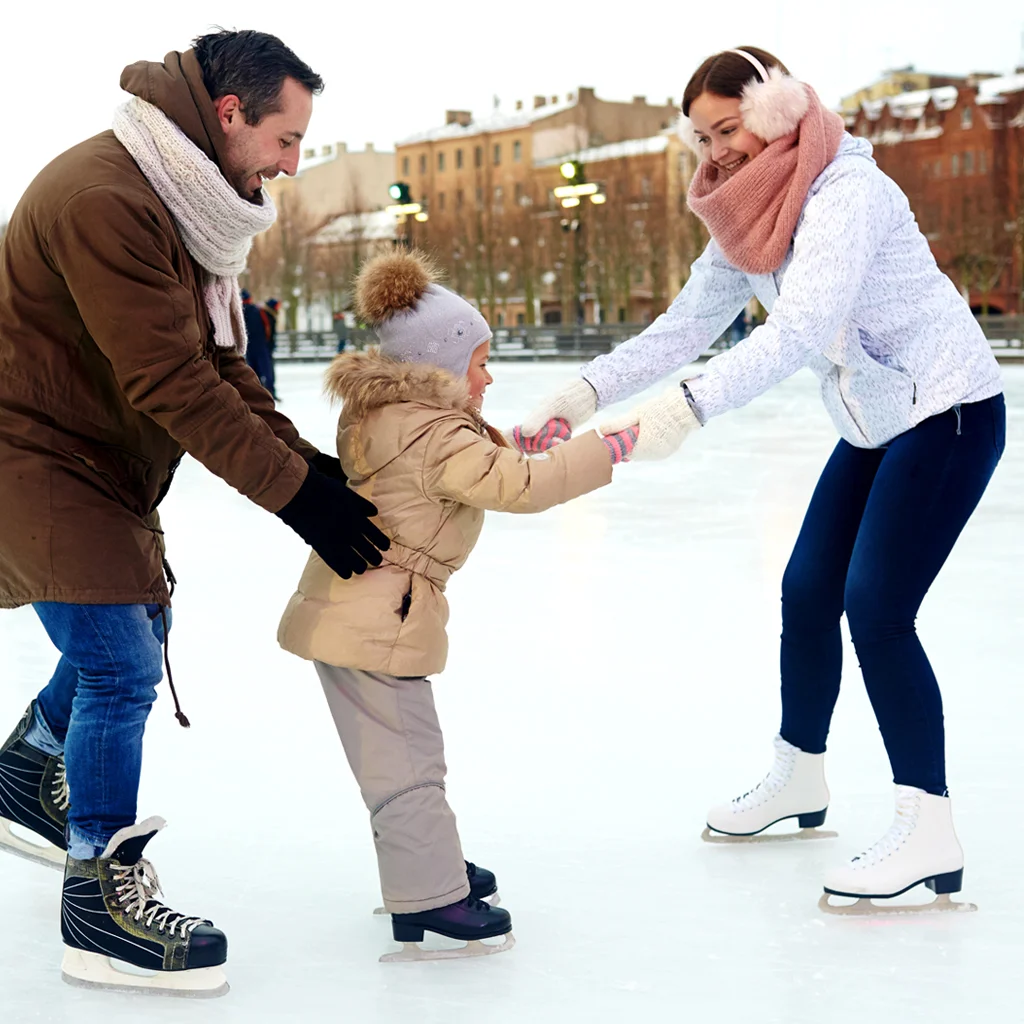
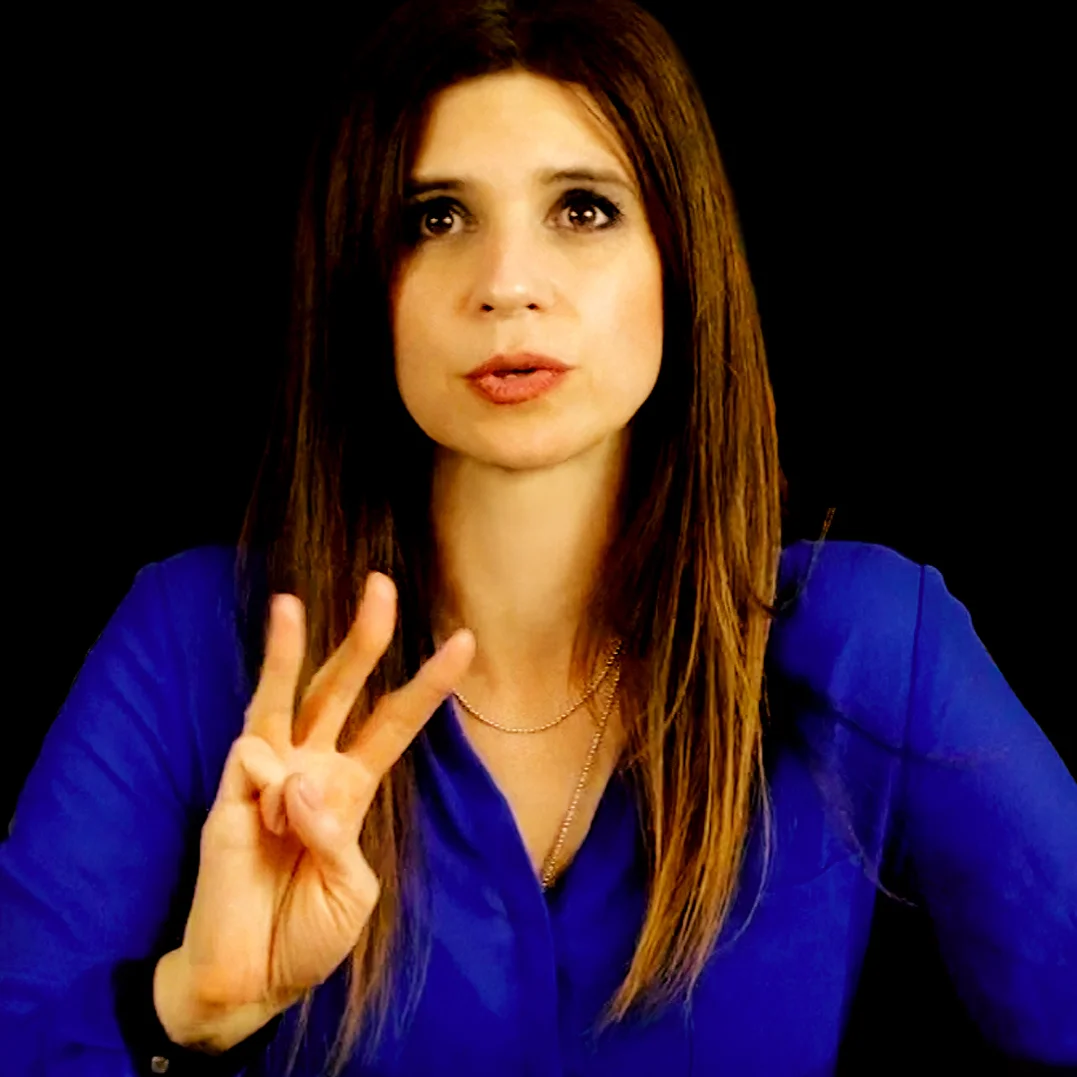


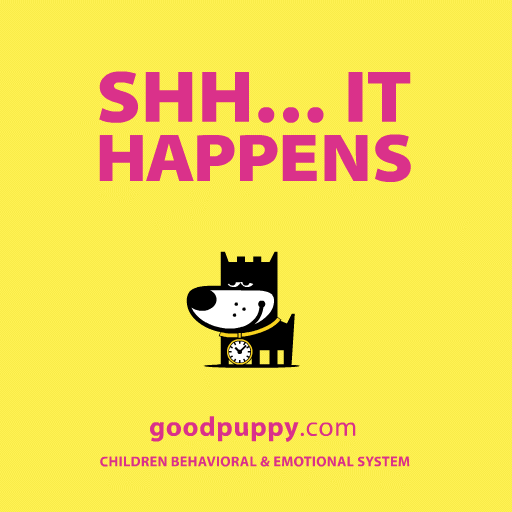

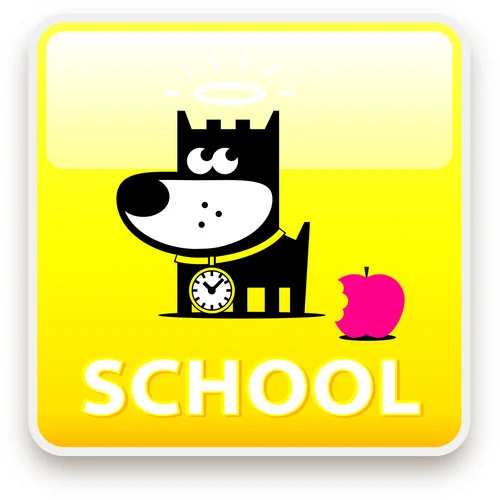







What Does It Take To Do A Good Parenting Job?
Just like any job, raising children comes with a list of requirements. These requirements allow for a positive parenting experience, beneficial to everyone. But while anyone may muster up some of these traits, it is mastering them that will turn them into parenting super powers.